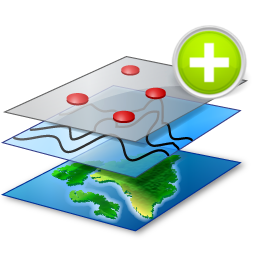Mer du nord et Ouest Ecosse
Abstract:
Data used to produce figures come from the STECF working group on Fisheries Dependent Informations . Please note that time series might be incomplete for some countries/indicators.
You can check  if data were provide or not for a couple of country/year.
if data were provide or not for a couple of country/year.
Débarquements
The DiscardLess case study is primarily directed towards the fisheries in the North and Western parts of the North Sea, with scientists from Denmark and UK being the main participant in the project. Given the linkages between fisheries East and West of Scotland, the entire NorthWestern area is considered together, eventhough they belong to different ecoregions.
The North Sea (ICES subdivision IVa,
IVb and
IVc
) and West of Scotland (ICES subdivision
VIa
) has an average depth around 100 meters. It is a temperate coastal shelf sea with a deep channel in the northwest, a permanently thermally mixed water column in the
south and east, and seasonal stratification in the north. A detailed description of the North Sea ecosystem is available from the ICES Ecosystem Overview
Proportion des débarquements par rectangles statistiques
Débarquements 2015
       [STECF FDI data (2015)] |
Evolution des débarquements par engins
     [STECF FDI data (2015)] |
Débarquements moyens par engins
Pour 2015
       [STECF FDI data (2015)] |
Evolution des débarquements
Par taille de navire
     [STECF FDI data (2015)] |
Par pays
     [STECF FDI data (2015)] |
Débarquements moyens par pays
Pour 2015
       [STECF FDI data (2015)] |
Débarquements moyens par espèces
Pour 2015
       [STECF FDI data (2015)] |
Evolution des débarquements par espèces
     [STECF FDI data (2015)] |
Rejets
Discarding in the area is relatively high (around 27% of the demersal catches in 2014), due to the mixed nature of the fisheries. There are several causes of discards, including Minimum Landing Size, low economic importance and/or shortage of quota. For a more in-depth analysis of discard patterns, see the 2014 Discard Atlas produced for the North Sea and for the West of Scotland
Captures (Débarquements+Rejets)
     [STECF FDI data (2015)] |
Rejets par espèces pour les engins les plus importants - pour 2015
Premier engin(en terme de volume de rejets) (BT2)
       [STECF FDI data (2015)] |
Volumes de rejets par pays (5 pays les plus important en terme de débarquement)
En Volume
     [STECF FDI data (2015)] |
En taux de rejet
     [STECF FDI data (2015)] |
Rejets pat engins (5 engins les plus important en terme de débarquement)
En volume
     [STECF FDI data (2015)] |
En taux de rejet
     [STECF FDI data (2015)] |
Rejets par espèces (5 espèces les plus important en terme de débarquement)
En volume
     [STECF FDI data (2015)] |
En taux de rejet
     [STECF FDI data (2015)] |
En savoir plus
Citation :
Fiche North Sea and West of Scotland, Author(s) : Clara Ulrich
DiscardLess Atlas [on line]. 2017. Guitton J., Ulrich, C., Vermard Y., Afonso P., Andonegi E., Argyrou I., Calderwood J., Fauconnet L., Quetglas A., Morato T., Prellezo R., Robert M., Savina-Rolland M., Triantaphyllidis G., Vaz S.
http://www.discardless.eu/atlas/